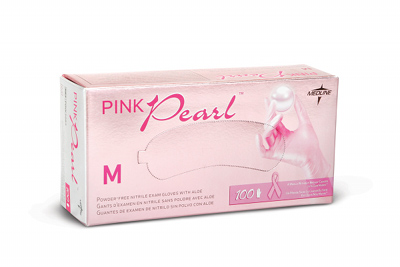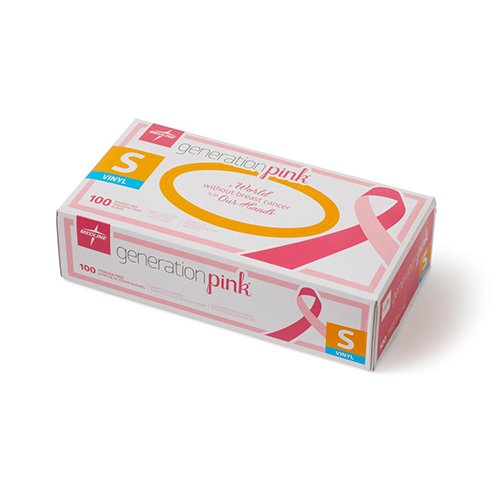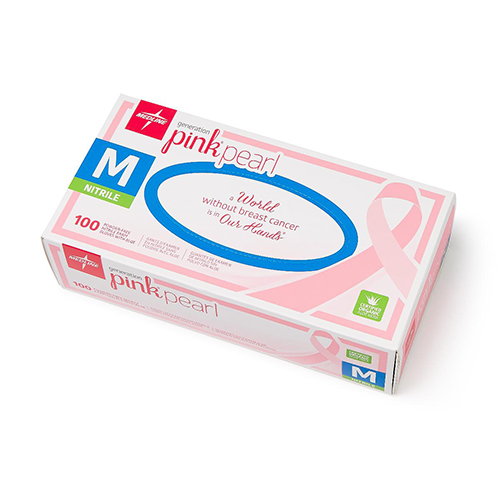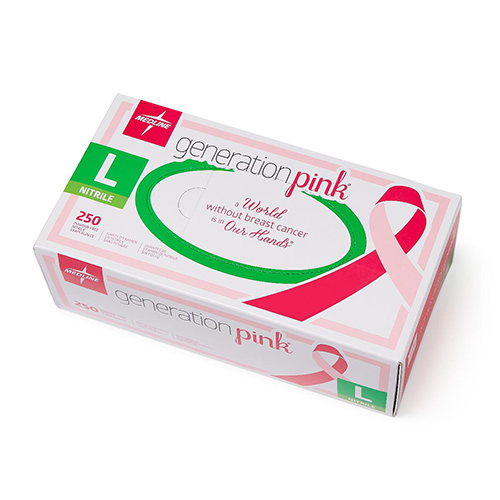Breast Cancer
Published: Sep 30, 2012
Symptoms, Causes and Risk Factors
 Breast cancer which is a cancer arising in the Breast tissue is the second leading cause of death by cancer in women following lung cancer. It is also the most common type of cancer in women with the exception of nonmelanoma skin cancer. Even though Breast cancer is a disease in women, almost 1% of Breast cancer occurs in men.
Breast cancer which is a cancer arising in the Breast tissue is the second leading cause of death by cancer in women following lung cancer. It is also the most common type of cancer in women with the exception of nonmelanoma skin cancer. Even though Breast cancer is a disease in women, almost 1% of Breast cancer occurs in men.
About one in eight women have a lifetime risk of developing Breast cancer. Due to increased awareness and improved treatment, Breast cancer deaths in women have been gradually declining.
The Breast is made of fat, glands and connective tissue. The Breast has several lobes which are divided into lobules that end in the milk glands. Tiny ducts connect each other which end in the nipple. 80% of Breast cancers occur in these ducts and this condition is known as ductal cancer. Cancer developing in the lobules is known as lobular cancer. About 10-15% of Breast cancers are of this type. Other less common types of Breast cancer include inflammatory Breast cancer, medullary cancer, phyllodes tumor, angiosarcoma, mucinous (colloid) carcinoma, mixed tumors, and a type of cancer involving the nipple termed Paget’s disease.
The most serious cancers are termed as metastatic cancers. This means that the cancer has spread into other tissue distant from the original site of the tumor. The most common place for cancer to spread is into the lymph nodes or above the collarbone on the same side as the cancer. Other common places for metastatic cancer to occur are the brain, liver and bones.
In the United States, white women have a greater chance of developing Breast cancer as compared to African American women. The main risk factor for Breast cancer is age and sex. Breast cancer may occur at any age though the risk increases with age. The average woman at age 30 years has one chance in 280 of developing Breast cancer in the next 10 years. This chance increases to one in 70 for a woman aged 40 years, and to one in 40 at age 50 years. A 60-year-old woman has a one in 30 chance of developing Breast cancer in the next 10 years.
 Join the Global Breast Cancer Movement
Join the Global Breast Cancer Movement
$1.00/case of
Generation Pink Pearl Exam Gloves sold
will be donated to the National Breast Cancer Foundation
Family history is also a factor in developing Breast cancer. Mother, sister and daughter are most important in estimating the risk. About 5-10% of Breast cancers are believed to be hereditary. Hormones can also play a role in Breast cancer, women who start their periods at an early age (11 or younger) or experience a late menopause (55 or older) have a slightly higher risk of developing Breast cancer. Having a child before the age of 30 may provide some protection against the disease and not having any children may increase the risk of developing Breast cancer.
Overweight and being obese is also known as a risk in developing Breast cancer. This disease seems to occur more frequently in countries with high dietary intake of fat.
Early Breast cancer is usually not painful and doesn’t have any symptoms. Most Breast cancer is usually discovered before symptoms are present either by finding an abnormality on mammography or feeling a lump in the Breast. A lump in the armpit or above the collarbone that does not go away is possibly a sign of cancer. Other possible symptoms are Breast discharge, nipple inversion, or changes in the skin overlying the Breast.
Surgery is the main choice for Breast cancer, which type of surgery depends on the type of tumor, the overall health of the person and personal wishes as well. Many women have treatment in addition to surgery which includes radiation therapy, chemotherapy or hormonal therapy. The treatment is based on the stage of the cancer and depending on the size of the tumor, which parts of the Breast are involved, how many and which lymph nodes are affected, and whether the cancer has spread to another part of the body.
The most important risk factor in the development of Breast cancer is sex, age and genetics and since a woman can do nothing about these risks, regular screening is highly recommended for early detection and also prevention death from this disease.
Shop Pink And Show You Care
Show you care. Breast cancer is a disease that touches our community of family, friends and caregivers. Put the power of early detection in your hands.
- Excellent tactile sensitivity for greater control and touch.
- Textured fingertips for a better grip.
- Color-coded sizing to quickly pick the right size glove every time.


 Breast cancer which is a cancer arising in the Breast tissue is the second leading cause of death by cancer in women following lung cancer. It is also the most common type of cancer in women with the exception of nonmelanoma skin cancer. Even though Breast cancer is a disease in women, almost 1% of Breast cancer occurs in men.
Breast cancer which is a cancer arising in the Breast tissue is the second leading cause of death by cancer in women following lung cancer. It is also the most common type of cancer in women with the exception of nonmelanoma skin cancer. Even though Breast cancer is a disease in women, almost 1% of Breast cancer occurs in men. 












